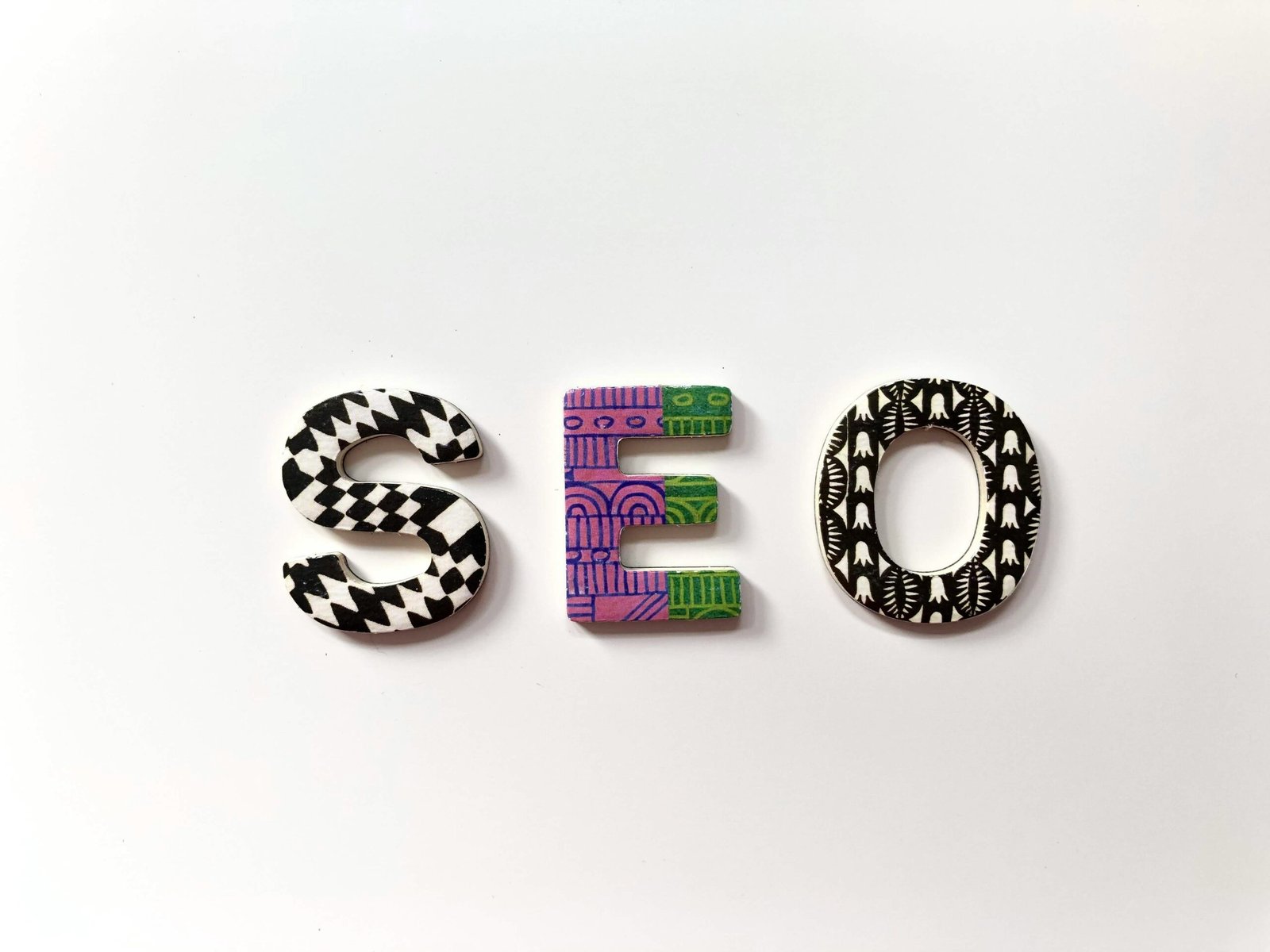
If you’ve ever dealt with car repairs or worked in the automotive industry, you may have come across the term “R&I.” But what does it mean? R&I is short for “Remove and Install.” In the automotive world, it refers to the process of removing a part of a vehicle and then reinstalling it after work has been done.
In this article, we’ll dive into the meaning of R&I Meaning in Automotive, why it’s important, and how it plays a role in car repairs and maintenance.
What Is R&I in Automotive?
R&I stands for “Remove and Install.” In the automotive repair world, this term is used when a technician takes a part off a car to fix, repair, or access another part of the vehicle. After completing the work, the part is then reinstalled.
For example, if your car’s door panel needs to be removed to fix a window, that process is called R&I. The technician removes the panel to access the window’s mechanism, makes the necessary repairs, and then puts the panel back on.
This process is common in many types of repairs, especially in bodywork and mechanical services. R&I ensures that a part is safely removed, the work is done, and the part is put back properly.
Why Is R&I Important in Automotive Repairs?
R&I is an essential part of car repair and maintenance. It ensures that all parts are handled with care and reinstalled correctly. Here are a few reasons why R&I is important in the automotive industry:
1. Accessing Hidden Parts
Some parts of a car are not easy to reach. They might be hidden behind other components, like a panel, bumper, or engine part. In these cases, R&I allows the technician to remove the outer part to access the area that needs attention. Once the work is done, the removed part is reinstalled, leaving the car looking as good as new.
2. Maintaining Proper Function
When a part is removed and then reinstalled, it must be done carefully. Improper installation can lead to future issues or cause damage to the vehicle. R&I helps ensure that everything is put back together in the correct order and position. This keeps your car running smoothly and prevents further problems.
3. Saving Time and Money
R&I can save both time and money in some cases. Instead of replacing an entire component, a technician may only need to remove and reinstall a specific part. This can reduce labour costs and prevent the need to buy unnecessary parts. It also makes repairs more efficient, as technicians don’t have to take apart the whole car to fix a small issue.
Common Examples of R&I in Automotive Repairs
R&I is used in various situations within the automotive industry. Here are a few common examples where “Remove and Install” is applied:
1. Body Panel Repairs
When a car is involved in a minor accident, the body panels may need to be repaired or replaced. To do this, technicians must first remove the damaged panels. Once the repairs are complete, the panels are reinstalled. This process allows for smoother, more accurate repairs while ensuring that the car looks as good as it did before the damage occurred.
2. Bumper Removal
If there’s damage to your car’s bumper or if it needs repainting, the bumper may need to be removed. The technician will take off the bumper, complete the necessary work, and then reinstall it. This ensures the bumper fits properly and looks neat after the repair.
3. Interior Work
R&I is also common when working on a car’s interior. For example, if a technician needs to replace a part inside the dashboard, they may need to remove various panels to access the inner components. Once the repair is done, they reinstall the panels, leaving the car’s interior in its original state.
4. Headlight or Taillight Repairs
Sometimes, accessing the headlight or taillight requires removing parts like the grille or bumper. In these cases, R&I comes into play. The technician removes the necessary parts, repairs or replaces the lights, and then installs the parts back in place.
How Is R&I Different from R&R?
It’s easy to confuse R&I with another term used in automotive repair: R&R. While both involve removing parts, they have slightly different meanings.
- R&I (Remove and Install): This means that the part is removed and reinstalled after the work is complete. The original part is put back in its place.
- R&R (Remove and Replace): This means that the part is removed and then replaced with a new one. The original part is not put back in; instead, a new part takes its place.
So, in R&I, the original part remains in the car, while in R&R, the original part is replaced.
When Should You Be Concerned About R&I?
R&I is a normal part of automotive repair, and in most cases, it’s nothing to worry about. However, it’s always a good idea to ask your mechanic what parts will be removed during a repair and if there’s any chance of issues arising from reinstallation.
If R&I is not done carefully, there can be problems with the part fitting back properly. This can lead to further repairs or even cause damage to your vehicle. That’s why it’s important to trust a skilled technician who knows how to handle R&I correctly.
Final Thoughts
R&I, or “Remove and Install,” is a standard practice in automotive repair. It allows technicians to access hard-to-reach parts and complete repairs efficiently. Whether it’s removing a body panel, bumper, or interior component, R&I helps ensure that your car is fixed and reassembled correctly.
Understanding R&I can give you more confidence when taking your car to the repair shop. You’ll know that parts may need to be removed and put back in place as part of the Dr. Ralph’s process. With the right care, your vehicle will be back on the road, looking and running as good as ever.






